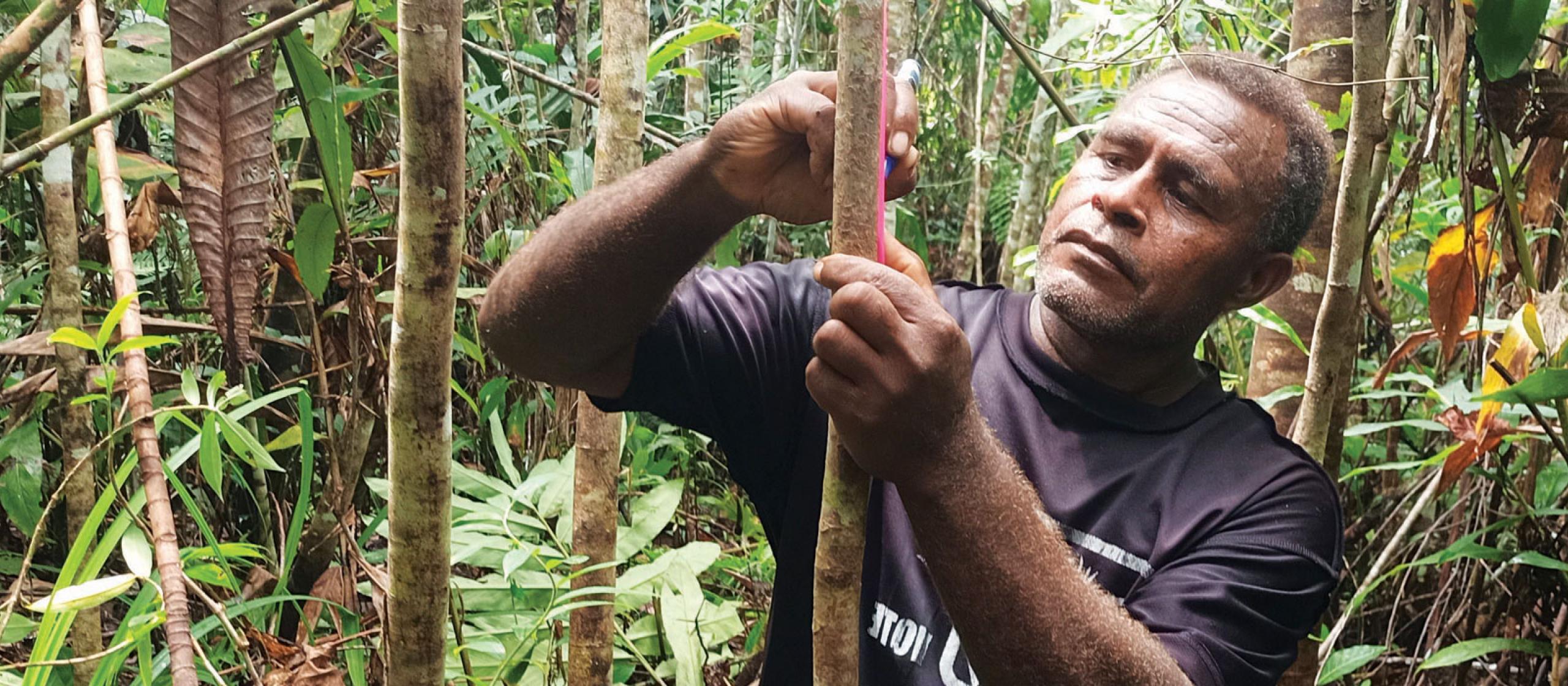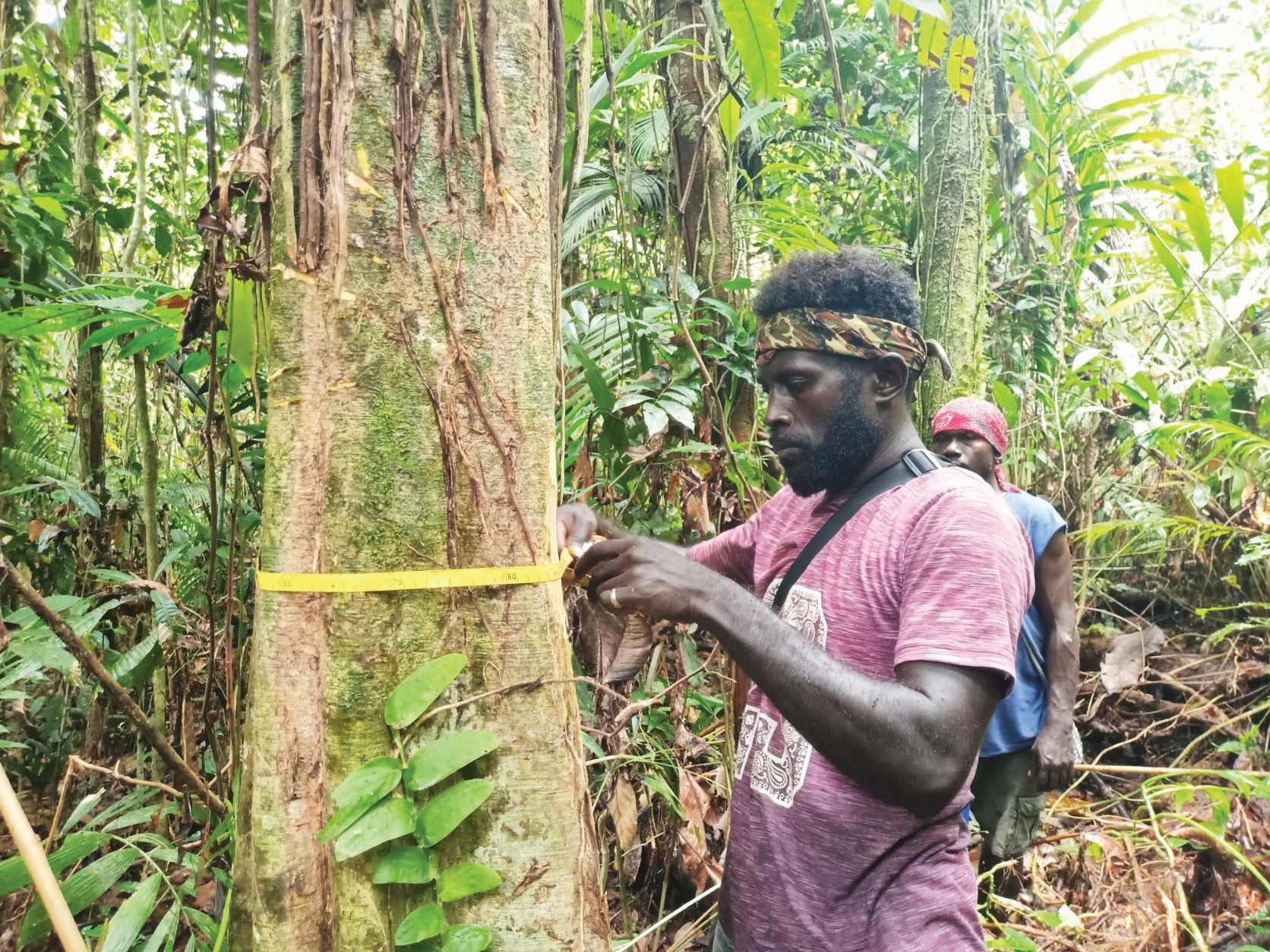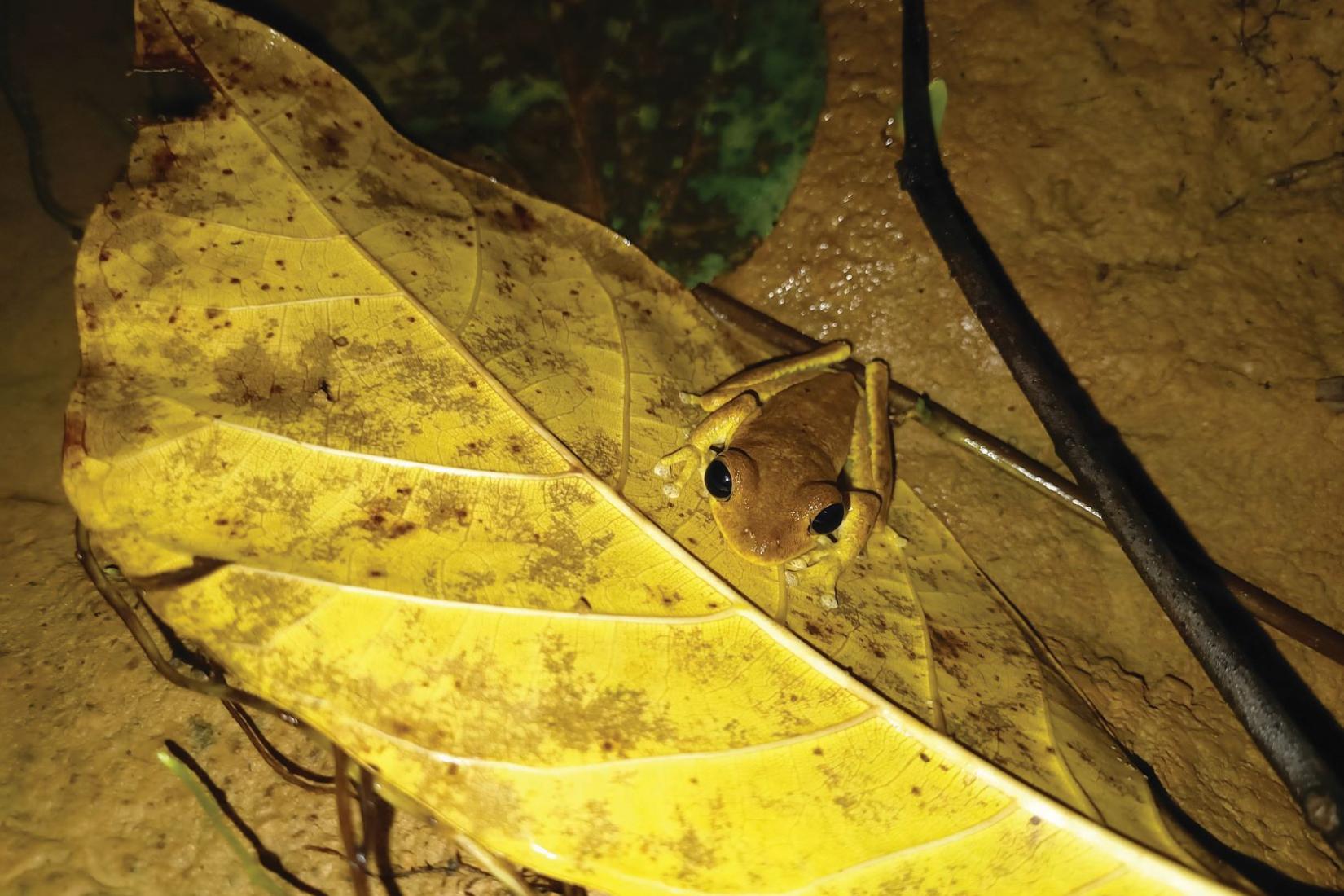Community-led forest restoration trials in Solomon Islands will help form strategies for the future redevelopment of the country’s forest resources and will provide a model for similar initiatives globally.
Over recent decades, timber harvesting from native forests in Solomon Islands has provided an important source of national export income – as much as 70% in some years. But many of these repeatedly logged forests have failed to regenerate naturally, and now the country is running out of timber for its own communities and for export.
A new ACIAR-supported project is underway, working with local communities to test different ways to restore forests and to identify the forest services and values communities most want to maintain.
Professor Helen Wallace at Griffith University in Australia leads the Livelihoods in Forest Ecosystem Recovery (LIFER) project for ACIAR and said there is a critical need to find ways to restore the forests in Solomon Islands.
‘This is an important part of Solomon Islands government policy because it is potential future revenue, but it is also important for the livelihoods of local communities,’ said Professor Wallace.
‘In addition to export income, about 90% of people in Solomon Islands are dependent on forests for all sorts of things, for food, for medicine, for animals that live there, for building materials. Between 80% and 90% of forests have been logged and people have lost access to that resource.’
LIFER is a 6-year project that officially began in January 2023, building on a pilot project funded by the United States Forest Service on Kolombangara Island. Professor Wallace said 4 experimental restoration treatments are planned, and these will be replicated in up to 8 communities.
Treatment 1 will serve as the control, with protection but no active effort to restore the forest.
Treatment 2 is ‘assisted natural regeneration’ where weeding and thinning, for instance, will be used to help valuable species re-establish themselves.
Treatment 3 is ‘enrichment’ and includes management activities and replanting trees that communities have identified as important for future use.
Treatment 4 is a more intensive ‘agroforestry’ approach, with substantial planting of timber species, along with other useful tree and food crops.
Professor Wallace said the first steps will involve talking to communities about how they use their forests and what they want and need from future forests – what their aspirations are.
‘We have some species in mind for the different treatments, such as indigenous fruit trees and nut trees like Canarium indicum, which produces ngali nut (also known as the galip nut), along with species commonly used for building materials, and some target timber species. But final tree selection will be guided by the participating communities,’ said Professor Wallace.







